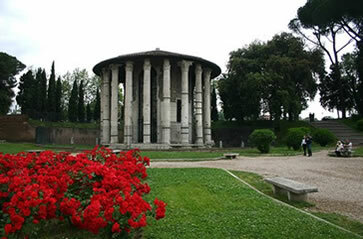Rail transport is a type of displacement that takes place by means of railways, transporting, among others, people and cargo. This means of transport is one of the oldest, its emergence is directly linked to the First Industrial Revolution, a historic event that happened in Europe at the end of the 18th century and beginning of the XIX century.
This revolution was marked by two important technological innovations, the invention of the textile machine and the locomotive, both powered by steam. The locomotive revolutionized the way of transporting raw materials and goods by being able to carry a high number of tons at the same time.
The first locomotives were slow (about 70 km/h), today modern trains reach representative speeds, reaching up to 250 km/h. Until the beginning of the 20th century, the train was the fastest transport.
Rail transport is widely used on all continents, however, it has been gradually losing ground. Its use is recommended for transporting heavy loads, such as ores, steel, agricultural products, fertilizers and so on.
The main shortcomings of rail transport are the inability to travel over uneven surfaces and the the fact of not being able to transport goods to the consumer centers, because it always follows a defined path (rails).
Despite transporting a high volume of cargo over long distances, rail transport has a high cost in the construction and maintenance of railways.
Among the countries that most use railroads are the United States and Russia, both transport a large part of their cargo by rail. In the part of Western Europe, this type of transport has great technology, being used effectively in the transportation of people and cargo.
In general, the volume of cargo and the number of kilometers of the railway network are gradually decreasing to make way for road transport.
By Eduardo de Freitas
Graduated in Geography
Brazil School Team
transport - geography - Brazil School
Source: Brazil School - https://brasilescola.uol.com.br/geografia/transporte-ferroviario-1.htm

